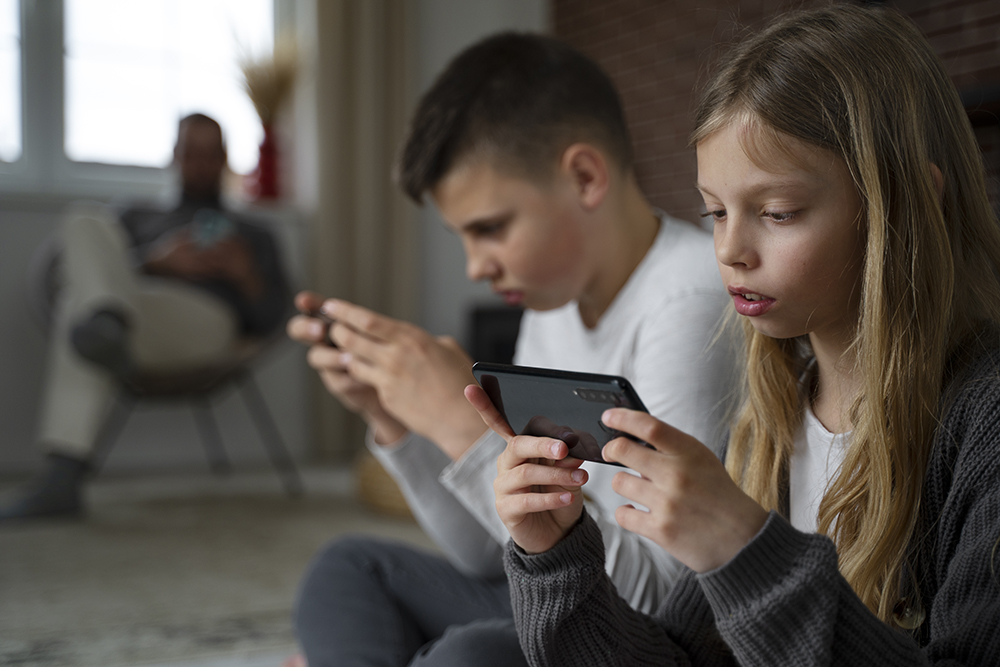Meta Description: Discover how nomophobia and social media overuse intersect to impact mental health, behavior, and emotional resilience in young adults.
Introduction
Do you feel anxious when your phone isn’t nearby? You’re not alone. In today’s hyper-connected world, many individuals, especially adolescents and young adults, report discomfort or even panic when separated from their devices. This fear, known as nomophobia (no-mobile-phone-phobia), is emerging as a significant mental health concern. Coupled with rising social media use, nomophobia is shaping new behavioral patterns and mental health risks that demand attention.
What is Nomophobia? Understanding the Psychological Roots
Nomophobia is the anxiety or discomfort experienced when individuals cannot access their mobile phones or digital communication. It often manifests through symptoms such as restlessness, irritability, or fear of missing out (FoMO) when disconnected from devices. The roots of nomophobia are behavioral and cognitive, driven by the brain’s reward system, notifications, messages, and social feedback deliver dopamine-fueled gratification that reinforces compulsive checking behaviors.
Recent studies identify smartphone dependence as a growing form of behavioral addiction. Nomophobia has been associated with high self-reported anxiety levels, low boredom tolerance, and even decreased self-regulation. These psychological traits make the condition particularly prevalent among adolescents and university students who rely on smartphones for both social connection and academic activities.
How Social Media Fuels Nomophobia
Social networking platforms amplify the compulsive tendencies linked to nomophobia. Features like infinite scrolling, real-time updates, and algorithmically curated content create an environment of constant stimulation and social comparison.
Research indicates that the gratification-oriented social use of platforms like Instagram, Snapchat, and TikTok reinforces problematic social media use (PSMU). This, in turn, increases anxiety about being disconnected or “missing out.” Adolescents report checking their phones excessively not just to stay informed, but to avoid boredom and validate their social presence.
One structural equation modeling study conducted in Spain found that nomophobia mediates the relationship between social gratification and PSMU. This highlights how fear of disconnection contributes to compulsive behaviors and emotional dysregulation.
Behavioral and Mental Health Consequences
The consequences of nomophobia and excessive social media use are both behavioral and emotional:
- Sleep Disruption: Constant phone access, especially at night, reduces sleep quality and duration.
- Emotional Dependence: Over-reliance on online validation impacts self-esteem.
- Stress and Anxiety: Studies have linked smartphone overuse with heightened stress and depressive symptoms, especially in university and working populations.
- Social Anxiety: The fear of negative judgment, fueled by constant comparison on social platforms, reinforces social withdrawal offline.
Among nursing students and medical professionals, high rates of social media overuse correlate with increased stress and poor mental health outcomes, raising red flags for sectors where mental resilience is critical.
What the Research Says, and Doesn’t Say
While public discourse and some empirical data support the idea of social media as a behavioral addiction, comprehensive experimental evidence remains limited. Some scholars argue that the existing research may be shaped by confirmation bias or moral panic.
Nonetheless, data from psychoeducational interventions have shown promise. A study at Mansoura University demonstrated significant decreases in nomophobia and social media addiction following a targeted program among undergraduate nursing students. This suggests that awareness and skill-building can be effective tools for change.
Strategies for Managing Nomophobia and Social Media Use
To mitigate the impact of nomophobia and PSMU, tailored interventions are essential. These may include:
- Psychoeducation: Programs that teach digital boundaries, emotional regulation, and self-monitoring techniques.
- Screen Time Awareness: Encouraging daily or weekly limits for social media usage.
- Digital Detox Periods: Designating specific times for offline activity to rebuild tolerance for disconnection.
- Mental Health Support: Counseling and peer support to address underlying anxiety or self-esteem challenges.
- Curriculum Integration: For students, embedding digital wellness strategies into academic settings can promote healthier habits early on.
Conclusion: Reclaiming Balance in a Hyperconnected World
The relationship between nomophobia and social media reveals more than a cultural trend, it signals an urgent call for behavioral change and emotional self-awareness. While smartphones and social platforms are unlikely to disappear, our reliance on them can be managed with the right tools and understanding. Ongoing research, education, and intervention will be key to fostering digital environments that support rather than undermine mental health.
By acknowledging the psychological toll of constant connection, we take the first step toward balance, and resilience, in the digital age.

